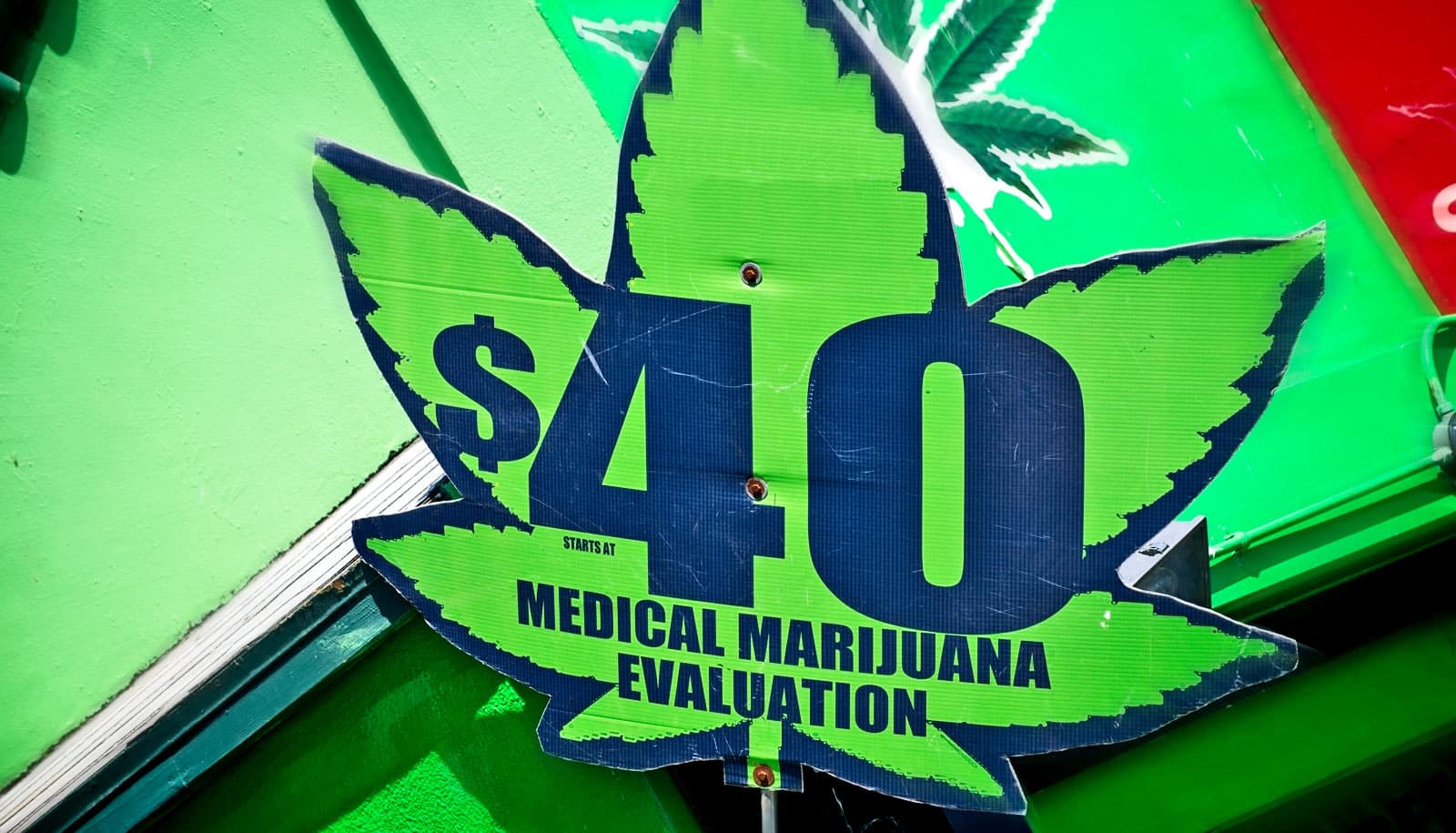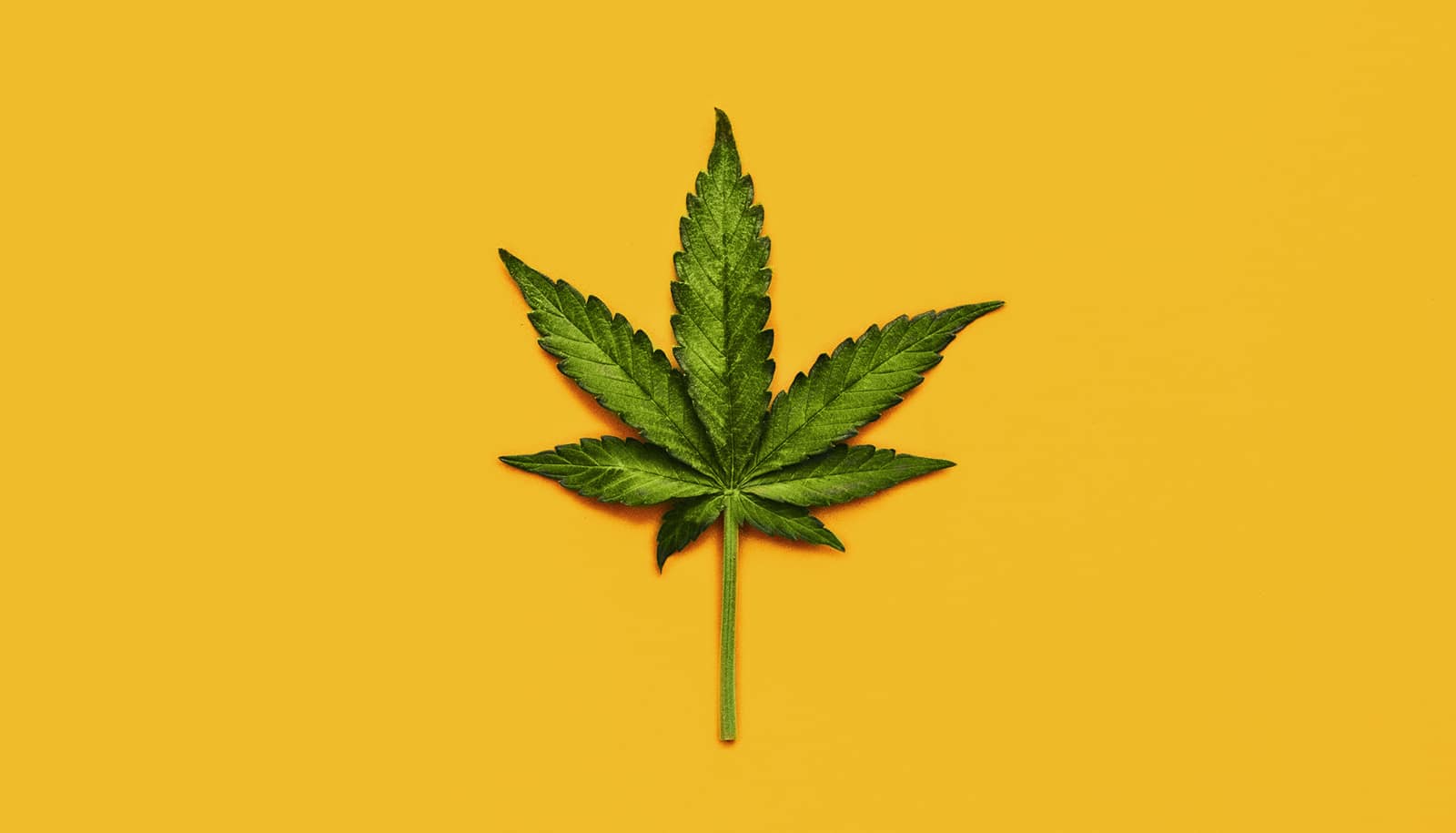As more states legalize medical cannabis, more people will likely use it to supplement, or as a substitute for, prescription drugs, researchers say.
A new study assesses attitudes and use of medical cannabis and the mainstream health care system—described as either a doctor or hospital—among marijuana users.
“…the current public health framework focusing primarily on cannabis abstinence appears obsolete.”
The findings show that 44 percent of medical cannabis users stopped taking a pharmaceutical drug, or used less of one, or both, in favor of cannabis. In general, people use medical marijuana to treat pain, back problems, depression, and headaches.
Further, the findings indicate a gap in the two treatment systems: nearly a third of participants (30 percent) said their mainstream health care provider didn’t know that they used medical cannabis.
For the study, 450 adult cannabis users filled out surveys at an event in Michigan advocating for marijuana law reform. Medical cannabis use became legal in Michigan in 2008.
From the 392 usable responses, the majority (78 percent) said they used marijuana to help treat a medical or health condition. Users also reported more trust in medical cannabis compared to mainstream health care, in part, because they rated marijuana better than pharmaceutical drugs on effectiveness, side effects, availability, and cost.
“This study advances knowledge in the evidence-based approach to harm reduction and benefit promotion regarding medical cannabis,” says Daniel Kruger of the Institute for Social Research at the University of Michigan.
“Given the growing use of cannabis for medical purposes and the widespread use for recreation purposes despite criminalization, the current public health framework focusing primarily on cannabis abstinence appears obsolete.”
Jessica Kruger, a clinical assistant professor at the University at Buffalo, is a coauthor of the paper, which appears in the Journal of Psychoactive Drugs.
Source: University of Michigan



